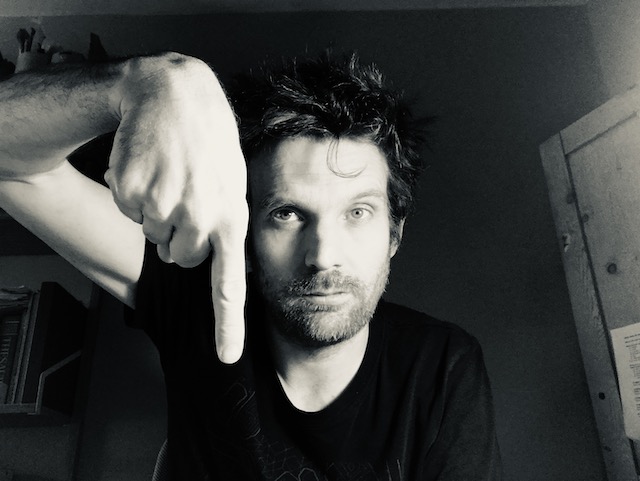Here’s a facilitation structure (straight from our How to Run a Great Workshop Workshop playbook) that I’ve used in a wide range of contexts, from a global Zoom conference, to beer brewers in Bristol, to strategic planning sessions for infrastructure projects (usually hosted in hotel conference rooms near a motorway junction). It’s a robust facilitation method to lead a group through a problem topic to a series of possible solutions or areas of action.
Welcome – how is everyone arriving.
Presentation – open up the topic with a short presentation from someone with a more in-depth understanding of the context. This presentation sets the scene.
Breakout 1 – in groups discuss the topic and identify the key challenges that the topic raises. Ask groups to present two or three key challenges.
Guided Q&A – ask for a spokesperson from each table to simply list the challenge areas. If time, invite extra commentary or clarifying questions.
Co-create the agenda – collate all the challenges listed and sort them into a priority list. The sorting can be done by the facilitator or by groups voting on topics. ‘Dotmocracy’ works here where participants put sticky dots against the top topics they want to explore
Break – During the break reset the tables and allocate one of the challenge areas to each table
Breakout 2 – participants allocate themselves to a challenge topic that interests them. They then discuss possible responses to their self-selected challenge. Ask for a spokesperson to create a summary of the discussion.
Guided Q&A – Hear from each spokesperson and invite clarifying questions. Look for opportunities to connect answers between the different groups.
Conclusion – you can end the session there summarising the discussion so far, or go further and identify next actions.
This facilitation is particularly effective at enabling participants to steer the conversation in a structured way: the participants identify what the challenges are themselves and then decide which challenge they want to respond to.
